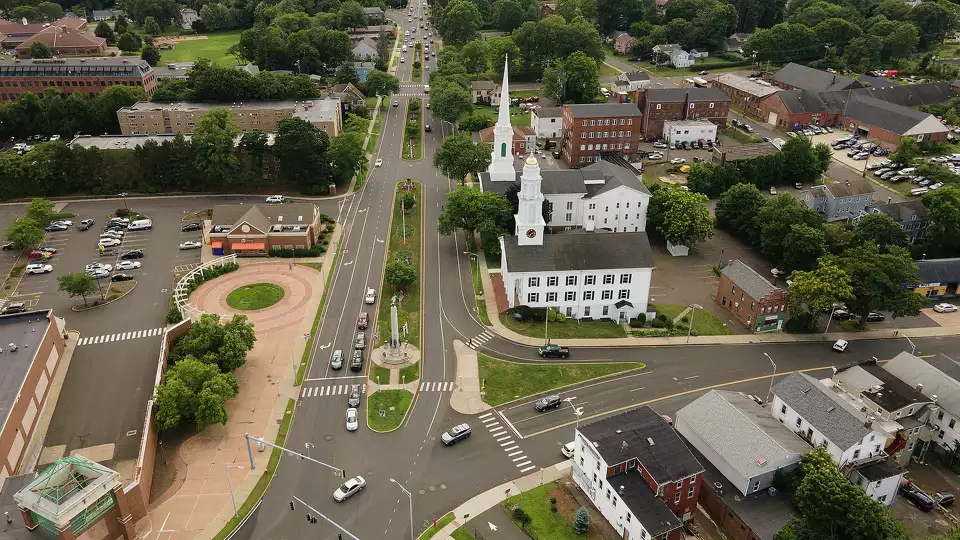Hamden, CT
By April 12, 2022, Cyvl delivered a complete, map‑based pavement condition dataset, enabling Hamden to move from assessment to action in weeks.

Hamden, CT Infrastructure Assessment
Summary
- Rapid delivery of detailed pavement condition data for 210.3 roadway miles empowered Hamden to launch roadwork in weeks—not months—so residents saw faster fixes and smoother commutes
- Data-driven planning enabled Hamden to maintain or repave up to 5x more roads than traditional methods, stretching taxpayer dollars and improving more neighborhoods sooner
- Safer streets for everyone, as more projects advanced quickly and applied current safety standards across the network, improving daily travel for residents
Problem
Hamden’s residents were feeling the impact of aging pavement—potholes, rough rides, and delays that strained family schedules and local businesses. Traditional windshield surveys were slow, manual, and expensive, often producing condition inventories that were outdated by the time they were compiled. Without up-to-date, network-wide pavement data, budgets were reactive, engineering decisions lacked precision, and projects routinely took months to move from assessment to construction, leaving taxpayers waiting for visible improvements.
Solution
Hamden chose Cyvl to rapidly survey the city’s entire roadway network using mobile LiDAR and high‑resolution sensors, capturing 210.3 roadway miles with precise pavement condition details. Cyvl’s Infrastructure Intelligence platform transformed this dataset into segment‑level pavement condition indices, distress types, and recommended treatments, with exportable reports to support budgeting, engineering design, and contractor bidding. Delivered on 2022-04-12, the city received a comprehensive, actionable plan that enabled decisions and mobilization in weeks rather than months—accelerating safer, smoother streets for residents.
Impact
By April 12, 2022, Cyvl delivered a complete, map‑based pavement condition dataset, enabling Hamden to move from assessment to action in weeks. The 210.3 miles of segment‑level condition data and treatment recommendations helped leaders finalize a multi‑year, budget‑ready program and a near‑term maintenance schedule. Residents benefited from faster repairs, safer travel, and more transparent use of taxpayer dollars as projects advanced sooner and more efficiently.
- 210.3 roadway miles scanned with LiDAR and HD imagery delivered by 2022-04-12, producing a citywide, segment-level pavement condition map residents and leaders could trust
- Construction and maintenance projects starting in weeks from receiving Cyvl data, not months—shortening the time residents wait for smoother, safer streets
- Up to 5x the number of roads maintained or repaved compared to traditional methods, extending improvements to more neighborhoods with the same taxpayer dollars
- Safer streets for everyone as accelerated resurfacing applies current safety standards across more projects, improving daily travel for drivers, cyclists, and pedestrians
- Fewer 311 complaints and faster response to community needs as crews target high-need segments with clear, data-backed treatment plans
- More efficient budget approvals and capital planning, with transparent reports that help the Mayor, Council, and Public Works justify investments and reduce change orders
- Engineering teams proceed with confidence using detailed, exportable pavement condition data for every segment, improving design accuracy and bid readiness
- Operations coordinate work zones more effectively, reducing disruption and getting neighborhoods back to normal sooner




-%20logo%20(unpadded).png.png)